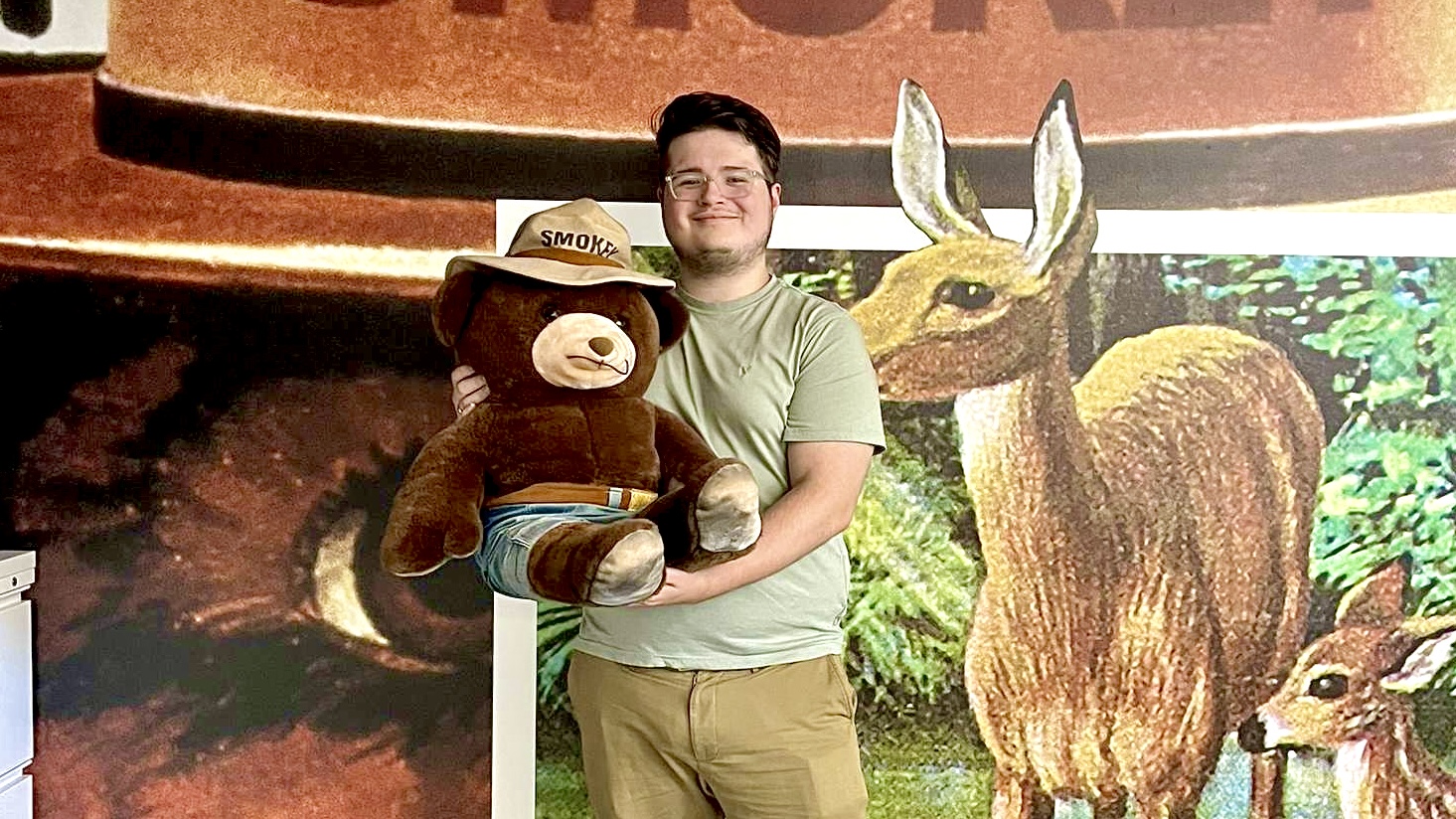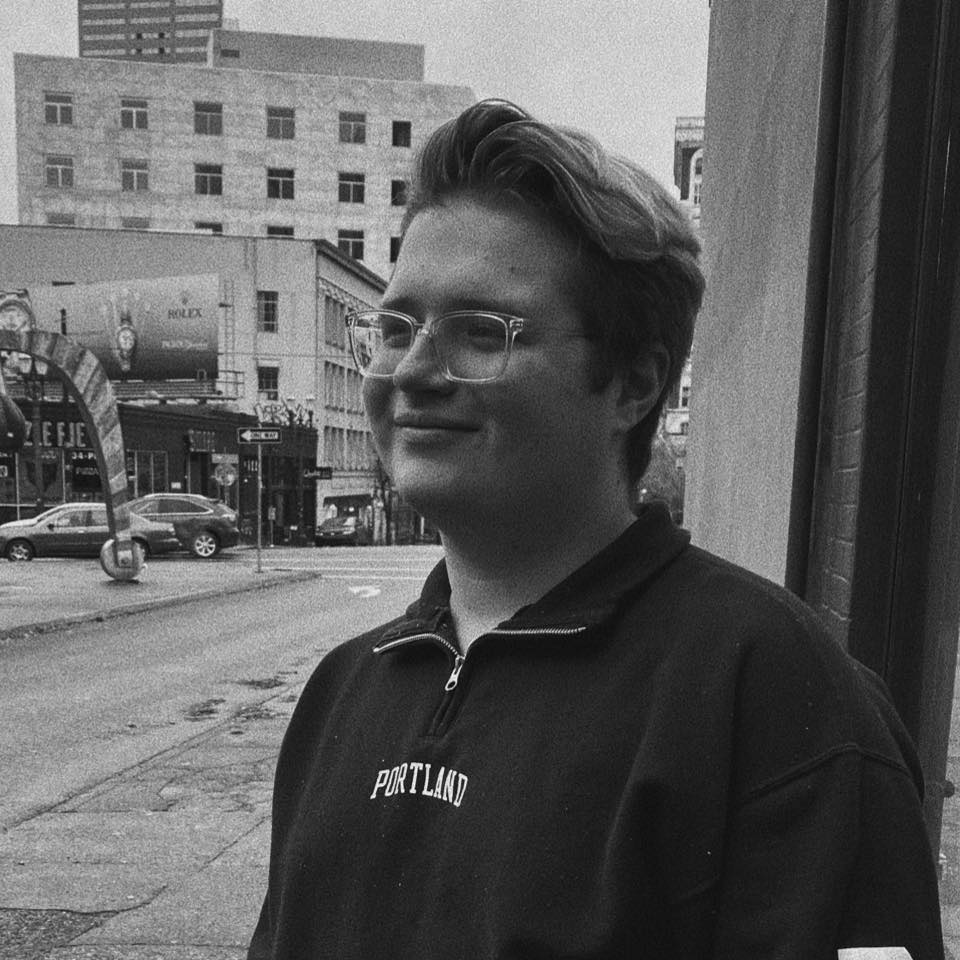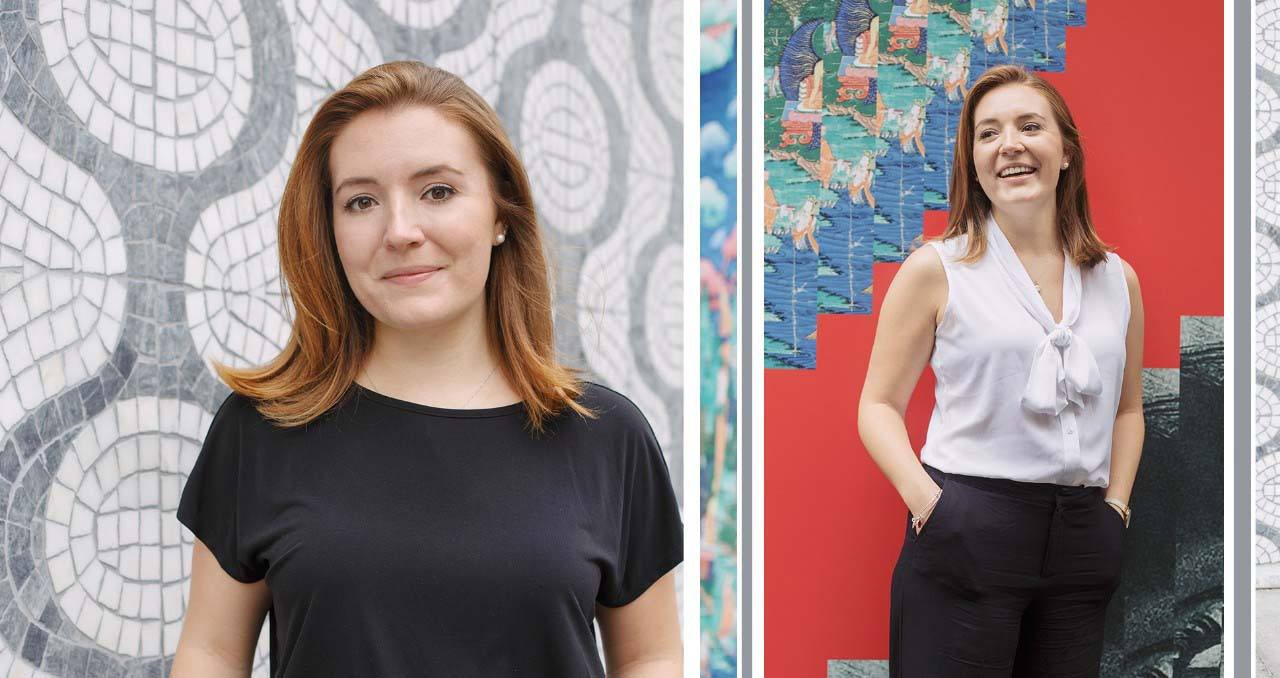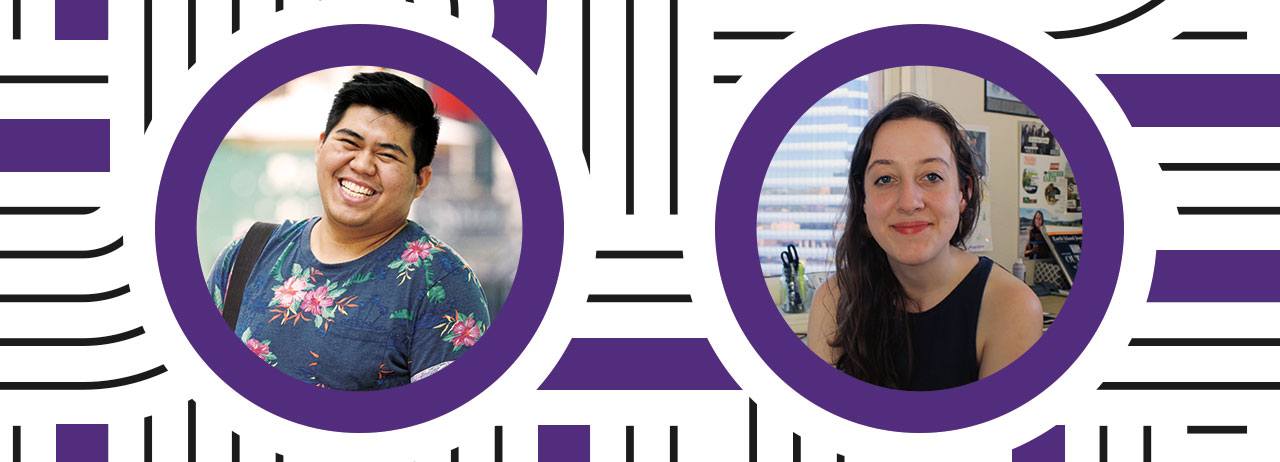Published January 04, 2024
My Gallatin Concentration: From Social Impact to Advertising
Eight years ago, I had absolutely no idea where I wanted to spend my college years. Of course, I didn’t need to know then. After all, I had just started high school. But, when a teacher’s assistant in my first-year English class told me they were applying to NYU, I started on a path of discovery. It led me to the NYU Gallatin School of Individualized Study.
How Did I Know Gallatin Was Right for Me?
Throughout high school, I explored a lot of universities. It was initially difficult to find a good fit. I wanted to be in a large city, and I wanted to study global advertising, consumer psychology, and social responsibility. Even though I had a long list of schools, none of them quite fit. Most options involved one of two directions: attending a business school or a liberal arts program. There was little flexibility.
Then, there was Gallatin. At NYU Gallatin, I could rigorously examine the historical and contemporary connections between business, sociology, and the environment. All while living and studying in one of the world’s largest cities. NYU and Gallatin offer something that simply isn’t available anywhere else: true interdisciplinarity.
In particular, the historical core requirements at Gallatin intrigued me. These courses helped me realize just how much the past could inform my work in the future. Of course, when I applied to Gallatin, I didn’t know I would draw connections between Ancient Greek writings and the sociological appeal of today’s biggest brands. But, ultimately, this interdisciplinary process led me to further hone my studies and craft a more effective concentration.
Determining My Concentration
Wait, what’s a concentration? Great question. I asked myself this when I was applying here, too. When you come to Gallatin, you work with your adviser to create a name for what you’re studying. It’s usually a mouthful at the beginning. (At first, I called mine global business strategy, marketing, and social responsibility.) But, over the four years you spend here, you cut it down to its essence.
Now I am concentrating in social impact strategy and marketing. I examine how traditional marketing and advertising strategies create more compelling social impact and nonprofit marketing stories. Although I was lucky to generally know what I wanted to study when I came to Gallatin, I spent a long time going back and forth on the components. Outside of Gallatin, I took courses mostly at the Steinhardt School of Culture, Education, and Human Development and the Stern School of Business. At times, these courses seemed to pull me in opposite ideological directions. Often, they weren’t entirely aligned with my interdisciplinary interests.
This affected me in two ways. First, I could minor in Media, Culture, and Communication (which was wonderful!). Second, I started to feel I didn’t have a clear direction for my degree. By the time it was my junior year, I had only taken courses that were more so one-off electives than essential to my concentration. While this isn’t inherently bad (I learned a lot in these courses!), I wasn’t sure what I was going to do with my last two years at Gallatin.
But I decided to stop sifting through the entire course catalog every semester. Instead, I centered my studies on two unique programs at both schools. At Steinhardt I discovered a subset of Social Impact courses taught by Jean Railla (who became my academic adviser). At Stern, I explored the Social Impact Core curriculum. Both opportunities were fundamental to shaping my concentration.
Marketing My Concentration

With this shift, I doubled down on my studies. It also opened up professional opportunities that I was too indecisive to commit to before. For example, I worked at the Ad Council as their public relations, brand, and campaign intern last summer. My Gallatin concentration helped me illustrate how my academic goals aligned with their mission. It was wonderful to learn from and contribute to the work of an organization focused on using communications to address some of the most pressing social issues of our time.
Just as my concentration solidified my decision to intern at the Ad Council, my experience there further validated my academic focus. It was great to take conceptual ideas out of the classroom and into the “real world.” The experience gave me so much excitement for the future of the industry and my upcoming involvement in it. I will miss my time at Gallatin though. It’s certainly not a program for everyone. But, thanks to its flexibility and opportunities, I couldn’t imagine myself in a more traditional program.
If You’re Interested in Gallatin…
The interdisciplinary and historical nature of the Gallatin program means I truly got to explore what I felt would be most beneficial to my future career. Along the way, I was encouraged to learn from the past to further inform my work.
That being said, if you’re thinking about applying to Gallatin, I encourage you to consider whether the program’s format is right for you. Research the degree requirements and explore the options in the course catalog. Although Gallatin is very flexible, it has some notable restrictions. For example, there’s a limit on the number of business credits you can earn. You may find that a dual-degree program is a better fit for you. Or you may prefer more traditional tests over papers and projects.
But, if you decide Gallatin is right for you, remember that you don’t need to have it all figured out right away! Your concentration is meant to be shaped over time. So take the time to explore different courses and know that you have the time to do so. Best of luck with your application!



